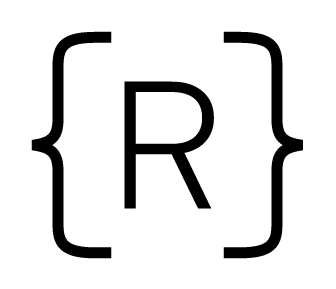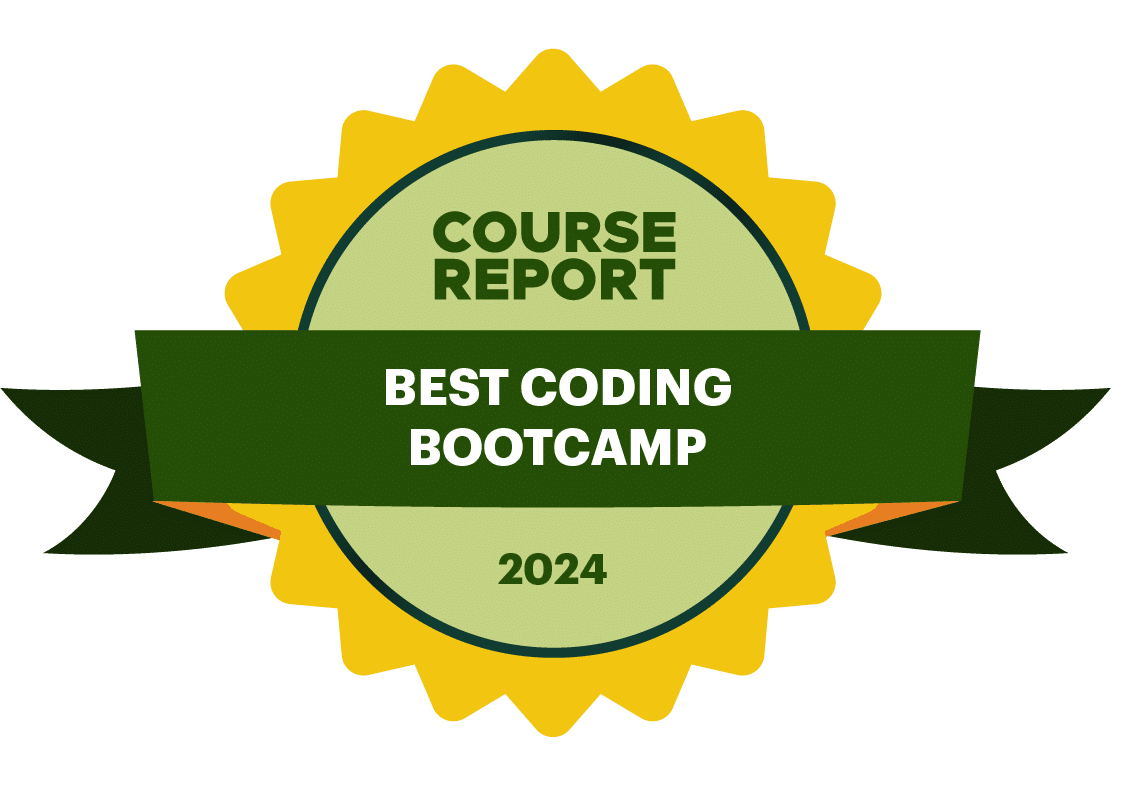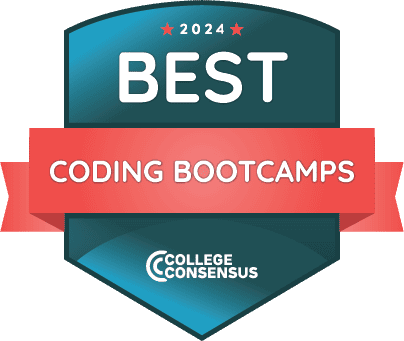Recently, we've decided to grow the services we offer to students. One of the most significant changes involves our transition to bring the outcomes component of the curriculum in-house. More on that here if you’re interested.
With this transition comes a great sense of excitement, namely with our ability to take ownership around the entirety of the student experience. We’re actively shaping the outcomes portion to have even more continuity with the technical instruction and ultimately prepare our students earlier, throughout Rithm’s first ten weeks, to more seamlessly transition into their company projects and job search. That said, another component of the process that we find exciting is in crafting curriculum. And this week’s blog post is aimed at highlighting a section of that curriculum: outreach.
Outreach can refer to a wide spectrum of individuals and organizations. Recruiters, former leads and peers, potential mentors, engineers, hiring managers, colleagues and many more are fair game for outreach. Furthermore, we have a variety of manners in which outreach can happen, including Twitter, LinkedIn, email, Reddit, conferences, Meetup and more. For the sake of this post, we’re going to focus on email as the avenue but it doesn’t mean that the principles we articulate don't translate well into other approaches. Regardless of how you’re reaching out, here are five tips:

Keep it Short
A good rule of thumb is seeking to keep an email to 2 or 3 sentences. At this length, it’s much easier for the recipient to read it right then (and possibly even promptly reply). Conversely, if your email is longer than a paragraph or two, people will often put off reading it and, naturally, take longer to fire off a response. Consider the following comparison:
Here’s a lengthy email (no need to read it in its entirety):
Hi So-and-so,
My name is (name), I am recent graduate originally from California but am currently living in (location) and am looking for work. I have a MA in Physics, but am finding difficulty locating work. Consequently, the voice that has always said not to go this route is becoming clearer. At the same time, I found myself thinking that the mathematical component would be a great foundation for a potential career change.
When scrolling through channels, I noticed on the news here there was a segment sharing that several companies within the (location) county are looking for programmers. Interestingly, I have always found the idea of becoming a developer fascinating but have very limited experiences with anything in that space. The extent of my programming skills comes from creating some simple static websites using HTML and CSS, which I found to be quite enjoyable.
Regardless, after checking out the website that was listed I think this may be something worth going chasing. That stated, I was wondering if you could offer me some feedback on where to begin. For context or in case you want to check it out, I’ve listed the site here: (website)
The following are the minimum requirements I lack:
- development experience
- familiar with an at least one imperative (Ruby, C, Java, Python, etc.)
- Understand basic control structures and elements of programs like loops, variables, functions, and potentially objects and classes.
Once reading this, the first thing that I did afterwards was type in "how to code" on YouTube. From here, I came across your talk "(title, video)". Here’s what I’m wondering, since the video is a bit old: is he advice still relevant today in pursuing Rails or different for my situation. Also, I think I have need of getting a newer computer since all I have is an Acer Mini or will this be sufficient?
Sorry for such a long initial email, but I hope you get a chance to read this and respond.
Thank you also for the talk, I will be diving into more details and look forward to doing so.
Pretty intense, right? What’s even more fascinating is that it can be boiled down to the following example:
Hi So-and-so,
I just saw your "(title, video)" talk from (publication) but noticed it was recorded almost four years ago. Does your insight shared in the video still apply to new developers today?
If so, what type of computer would you suggest to best accomplish the tasks you laid out?
Cheers,
Format for Readability
What you say and how you say it is equally as important as how it looks, that is, how you format your initial outreach. Consider the above example: in the first, more lengthy message we find it quite difficult to even locate the subject of the message. Conversely, looking at the shorter, 2-to-3-sentence example, the structure helps the recipient to easily and immediately pull out exactly what is needed as opposed to a singular block of text like the following:
Hi So-and-so,
I just saw your "(title, video)" talk from (publication) but noticed it was recorded almost four years ago. Does your insight shared in the video still apply to new developers today? Moreover, I was interested in knowing if an Android NATIVE version of the same tutorial exists? I’d be quite interested in that. Last thing, what type of computer would you suggest to best accomplish the tasks you laid out?
Cheers,
This example isn’t lengthy but it’s a bit difficult to parse on the first read-through. A simple restructuring approach would make it far easier to understand.
Hi So-and-so,
I just saw your "(title, video)" talk from (publication) and wondered if the content still applied, being that it was recorded four years ago? Moreover, is there an Android equivalent tutorial?
Final question, what would be your computer recommendation of choice on which to follow tutorials?
Cheers,
In this example, it’s much easier to pull apart and locate your specific call to action. Having emboldened/emphasized keywords and grouping together related content can also really help.

Make the "Ask" Clear
A common mistake to avoid in the process of outreach is listing content and assuming that the reader will either already know what you’re needing and/or come to the same conclusion as you. More often than not, the reader may come to the somewhat frustrated conclusion of,
what would you like me to do?
This is a common experience when the final note of an email is something vague such as,
I’d really appreciate any help" or "Any feedback would be great" or even "could you take a look at this and let me know what you think?
It’s common to make requests that way, particularly with folks we already know or have worked with. But in the process of outreach to new professional parties, this wording can impede the process. Instead of generalizing your "ask", consider what you would most appreciate having addressed and make that clear in your inquiry. If it’s particular code, or font choice, or a job description, or best practices in finding a mentor, integrate that into your request. By doing this, your ask is significantly more compelling (and easier to fulfill).
Here’s a clear example:
Hi So-and-so,
Your blog post on the popularity of React Native helped me solidify my interest in becoming a mobile developer. That said, would you recommend learning React or Swift as a starting point?
Cheers,
Make the "Ask" Reasonable
This tip dovetails off of our last one. When you’re looking for feedback or a networking related need, alongside being concrete and asking a specific question, be sure to consider the reader’s personal time. For instance, if you have a website or application that you’d like analyzed, avoid sending a link and saying something like the following,
Hi So-and-so,
I was curious if you might give me some feedback on my application for (incubator/accelerator program). Just so you know, it hasn’t yet been rejected. And with features in (magazine) (article attached), (video publication) (link) along with 450+ paying customers, I’m convinced it could take off.
Knowing your success, I figured I’d fire off that information and attach my application (below) to see what you have to say.
Thanks!
This message might’ve taken 2-5 mins to write but the "ask" is likely going to take over an hour to thoroughly respond. Moreover, the likelihood of gaining a favorable response has declined tremendously. The "ask" may have been more compelling (and easier) if it was something like,
How can we increase visibility to gain more paying customers?
An "ask" of that nature is far more reasonable for both you and the recipient.
Clarify Why They Should Help You
This one can definitely trigger some intimidation but it’s not as bad as you might think. First of all, it’s important to not take the response personally. Think of email outreach in this way: Many folks may try to prioritize the people who they think they’re going to be able to help out the most and align those they help with an affinity group, particular aspect of their identity or whatever. Seek to appeal to those inclinations, if possible.
The best way to figure that out is to highlight a compelling accomplishment you’ve completed in the past because it may be seen as an indicator that you’ll be doing awesome things in the future. Another avenue is common ground, whether it be a mutual friend(s), same previous company, similar work, alma mater, home town, Meetup or what have you.
Each of those aspects help to "mitigate awkwardness" as I like to say and act like little buffers to increase the recipient’s interest in seeing the benefit of connecting with you.
A personal practice often done: people check LinkedIn profiles after receiving an outreach email – mainly to see where they’re working, where they went to school, and other aspects of common ground or accomplishment.
Hopefully these five points have been helpful to you or resonate with your approach to outreach. Would love to hear any thoughts on them if or any questions related to Outcomes and Career Services at Rithm School. Don’t hesitate to reach out!



